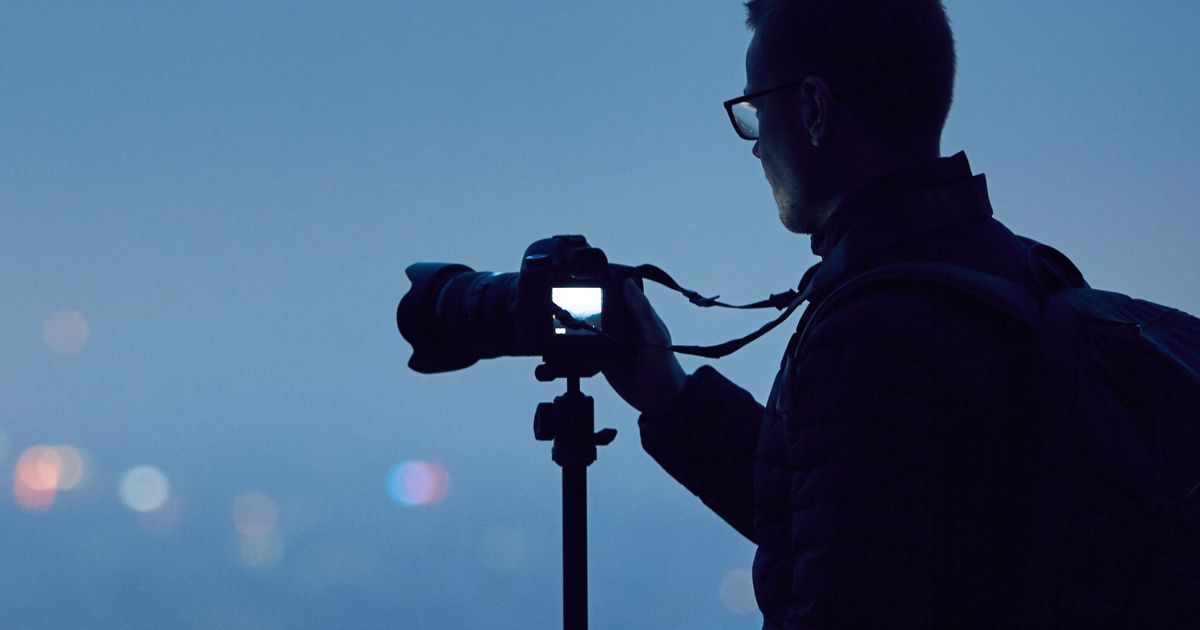When images are used on the Web without the consent of the owner, one risks being ordered to pay damages. The article discusses a recent ruling by the Court of Rome and the adopted calculation of damages.
Summary:
The case: web portals, unauthorized shots and the extent of compensation
The Court of Rome (Sect. XVII, Sent., 22/06/2022, No. 10041) again addressed the issue of damages. A photographers’ agency, having noticed the unauthorized exploitation of its shots, had decided to sue for financial compensation.
To be fair, it appears from the court papers that in the out-of-court phase, before going to court, the photographers’ agency had tried to agree on a favorable price, proposing a subscription. No dice, in the face of refusal, the agency had to resort to court. To its satisfaction, however.
The case concerns the condemnation of a Web portal – particularly well-known in the economic and financial spheres – to pay more than 20,000 euros for having used, attached to some articles on its blog, photographs of others.
The “related right” on photographs indirectly protects the photographer’s profession by guaranteeing him or her exclusivity and, as a result, an economic return by reason of the technical skills acquired, regardless of the artistic quality of the shot.
The case under consideration deals precisely with those photographs that fill catalogs and websites and that, without any expectation, qualitatively accompany thematic web pages by conceptually representing situations, buildings, events or landscapes. But what is the difference between artistic and simple photographs?
What is the difference between simple and artistic photographs?
Referring back to the Court of Milan, the Court of Rome (Sec. XVII, Sent., 22/06/2022, no. 10041) also reiterated that “high professionalism in the care of framing and the ability to effectively capture the subject photographed are not sufficient to qualify the photograph as creative, being instead also necessary for this purpose the originality and creativity of the photograph (Trib. Milano, Specialized Section on Business, Sept. 24, 2015, Aida 2015, II.111/2).”
“Simple” photographs are distinguished from “artistic” photographs, i.e., protected by copyright, because, according to the majority orientation, in the latter the creative act, an expression of the author’s intellectual activity, is predominant over mere technical ability (Cass. Sec. 1, Judgment No. 7077 of 05/07/1990; Cass. Sec. 1, Judgment No. 8186 of 1992; Cass. Sec. 1, Judgment No. 8425 of 21/06/2000).
However, simple photographs are also legally protected. Let’s see how.
Author's rights to simple photographs
Under Article 87 et seq. of the Copyright Law, so-called “simple” photographs, or “images of persons or of aspects, elements or facts of natural life” are also protected.
These are the photographic shots that, while not attaining the rank of true authorial works, grant the owner, under certain conditions, “the exclusive right to reproduce, disseminate and distribute the photograph” for a duration of as much as 20 years (see Art. 88 et seq. of the Copyright Law).
The Court of Rome found to condemn to damages the financial portal that had used the photographs without bothering to purchase them from the photographic agency that was found to be the legitimate owner, precisely, of the exclusive right of reproduction, dissemination and dealing.
The damage was calculated by the Court of Rome starting from the price list advertised by the same photo agency on its website as it was considered plausible and consistent with market values. Let’s take a closer look at the issue of damages.
The calculation of damages
The court reiterated that the price of 150 euros for the use of each photograph was fair.
Moreover, the compensation must take into account the uncontrolled circulation of photographs on the web (so-called dilution).
The Court of Rome (Sec. XVII, Sent, 22/06/2022, no. 10041) specified in particular that “for the purposes of quantifying the compensation, the plaintiff refers to the list price advertised on its website, amounting to Euro 150.00 plus VAT for each use [… ] which is to be presumed plausible with respect to market values” and again “it does not seem appropriate to refer to the possibility of discounts or to the conditions provided for subscriptions, which obviously refer to lawful uses, since the compensation for damages should instead also include the prejudice suffered due to the uncontrolled diffusion on the web of protected works and the consequent dilution of their economic value.” (Court of Rome, Sec. XVII, Sent., 22/06/2022, no. 10041)
No discounts, then.
In this case the agency’s price list was known and public. Note, however, that even if the price list did not exist, the court, upon party allegation, could have relied on other parameters, including, for example, those of the siae.
Very often people neglect to take legal action to obtain compensation because they fear that their claim will be disregarded. Yet courts, in the face of adequate evidentiary allegation, embrace consistent and, essentially, satisfactory enhancement criteria even in cases of plain photography.
© Canella Camaiora S.t.A. S.r.l. - All rights reserved.
Publication date: 22 December 2022
Last update: 7 May 2025
Textual reproduction of the article is permitted, even for commercial purposes, within the limit of 15% of its entirety, provided that the source is clearly indicated. In the case of online reproduction, a link to the original article must be included. Unauthorised reproduction or paraphrasing without indication of source will be prosecuted.

Arlo Canella
Managing Partner of the Canella Camaiora Law Firm, member of the Milan Bar Association, passionate about Branding, Communication and Design.
